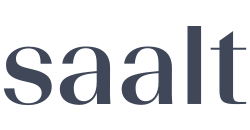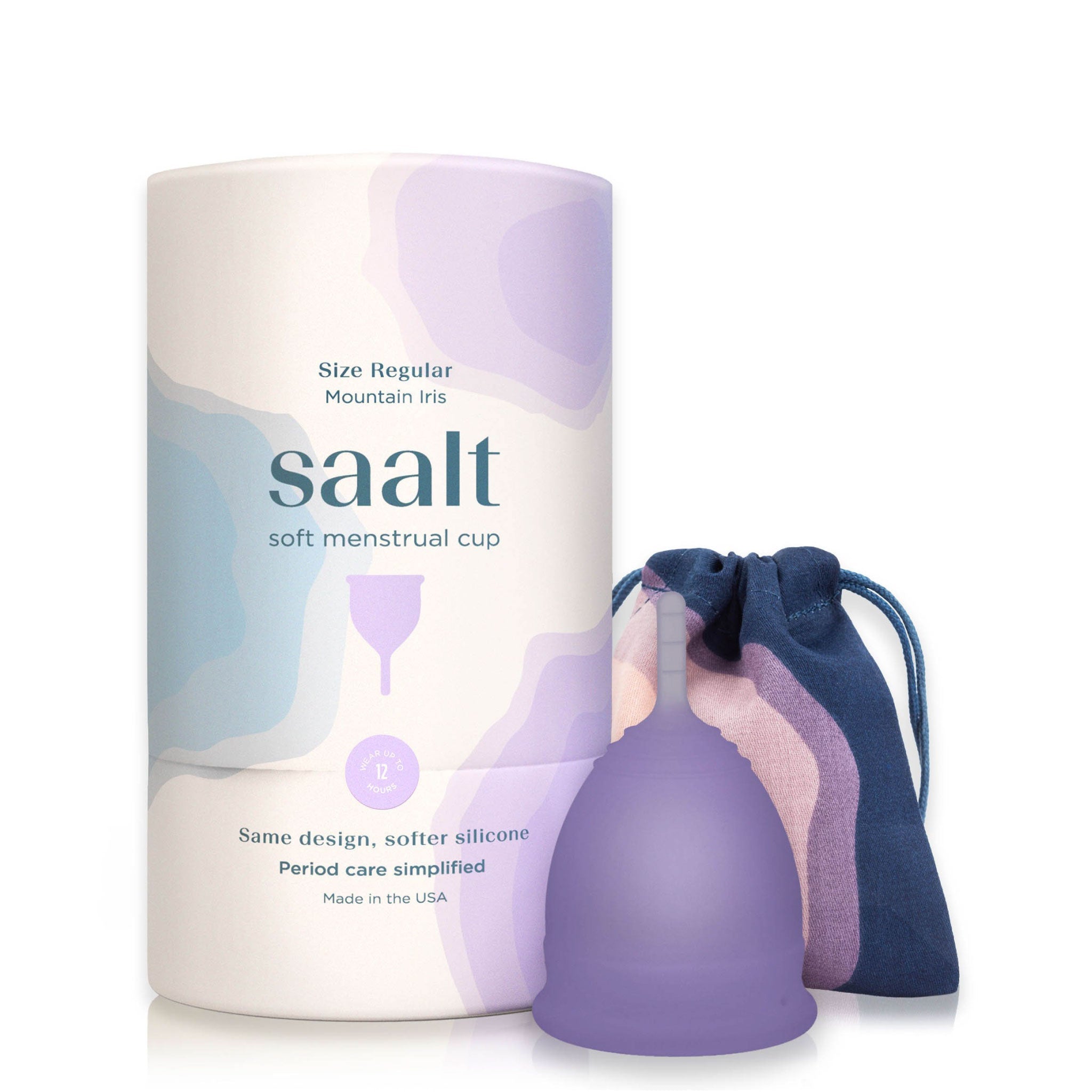In recent years, conversations around menstrual care have shifted dramatically. As sustainability, bodily autonomy, and health equity have become more central in public discourse, many people have started seeking alternatives to single-use menstrual products. Reusable options such as menstrual cups, menstrual discs, and period underwear (also called leakproof underwear or period pants) have surged in popularity due to their environmental benefits, cost-efficiency over time, and convenience.
However, one of the biggest barriers to switching to these reusable products has often been the initial cost. A single menstrual cup or pair of period pants can range anywhere from $30 to $50 or more—making them a significant upfront investment compared to a box of tampons or pads. And in a country where menstrual products are still taxed as luxury items in some states, this cost barrier is amplified by systemic financial challenges, including the "tampon tax" and broader gender-based pricing disparities known as the "pink tax."
But in a move toward better menstrual equity and access, a 2020 federal law has made it easier than ever to afford these products. Thanks to this legislative change, many menstrual care products—including reusable options—are now eligible for purchase with FSA (Flexible Spending Accounts) and HSA (Health Savings Accounts) funds.
If you’re not yet familiar with how this works or how to take advantage of the benefit, this guide will walk you through everything you need to know—from eligibility rules and tips for purchasing to tax savings and the broader implications for health equity.
What Are FSA and HSA Accounts?
Before diving into product eligibility, let’s briefly review what FSA and HSA accounts are:
-
Flexible Spending Accounts (FSAs) are employer-established savings accounts that let you set aside pre-tax money to pay for eligible healthcare-related expenses. Typically, the funds must be used within the plan year, although some plans offer a short grace period or allow a small rollover.
-
Health Savings Accounts (HSAs) are similar but only available to individuals enrolled in high-deductible health plans (HDHPs). HSAs are more flexible, as the funds roll over year-to-year and can be invested for growth, much like a retirement account.
Both accounts can save you money on healthcare purchases by using pre-tax dollars—meaning you’re effectively paying less for eligible products and services.
What Changed in 2020?
In March 2020, the CARES Act (Coronavirus Aid, Relief, and Economic Security Act) was signed into law. Among many economic and healthcare-related provisions, it included a crucial update to FSA and HSA eligibility rules. For the first time, over-the-counter menstrual care products were deemed qualified medical expenses, making them reimbursable without a prescription.
This change was significant. Prior to 2020, items like tampons and pads were not considered eligible for purchase through FSA or HSA funds—despite being essential health and hygiene products. With the CARES Act, not only are traditional disposable items covered, but so are reusable menstrual products, including:
-
Tampons and sanitary pads
-
Heating pads for menstrual cramps
This new eligibility dramatically expands options for individuals seeking sustainable and cost-effective menstrual care solutions.
Why Reusable Menstrual Products Matter
Let’s take a moment to understand why this change is so impactful. Reusable menstrual products are more than just a trend—they offer a series of long-term benefits:
1. Cost Savings Over Time
Although the initial investment may be higher, most reusable menstrual products last several years with proper care. A menstrual cup, for example, can be used for up to 10 years. When compared to the recurring cost of tampons or pads, this can result in hundreds of dollars saved.
2. Environmental Sustainability
Single-use menstrual products generate billions of tons of waste globally each year. Reusables significantly reduce this burden. Switching to menstrual discs or period cups can keep thousands of disposable products out of landfills over the course of a lifetime.
3. Health Benefits
Many reusable products are made from medical-grade silicone and avoid harsh chemicals, fragrances, or bleaches found in some disposable options. This can be beneficial for individuals with sensitivities or allergies.
4. Comfort and Convenience
Period panties and reusable cups offer comfortable, all-day protection. For many users, these products provide greater freedom and confidence—especially during active days or overnight use.
How to Use Your FSA or HSA to Buy Menstrual Products
If you’re ready to take advantage of your FSA or HSA benefits, here are a few steps to help you get started:
1. Use Your FSA/HSA Card at Checkout
Many online and brick-and-mortar retailers accept FSA and HSA debit cards. When purchasing eligible items, you can simply use your card at checkout—just like a credit or debit card. Some major retailers also allow you to filter search results by FSA/HSA eligibility, making it easier to identify qualifying products.
2. Look for “FSA/HSA Eligible” Labels
Retailers like Amazon, CVS, Walgreens, and Target often mark qualifying products with labels such as “FSA/HSA eligible.” You can also use the search term “FSA eligible menstrual cup” or “HSA leakproof panties” when browsing online to quickly narrow your options.
3. Keep Detailed Receipts
If your provider requires documentation or you pay out-of-pocket and request reimbursement later, it’s essential to keep a detailed receipt. This should include the product name, price, and date of purchase. Some platforms also allow you to upload scanned receipts directly through your FSA/HSA portal.
4. Know the Deadline
FSA funds typically must be used within the calendar year. Some plans allow a rollover of up to $610 or a grace period of 2.5 months into the new year—but not all. Be sure to check your employer’s policy so you don’t lose unused funds.
HSA funds, on the other hand, do not expire, and the money continues to grow if unspent.
Other Menstrual and Health Products Covered
In addition to reusable menstrual care products, other eligible FSA/HSA purchases include:
-
Tampons and pads (all brands and types)
-
Panty liners
-
Heating pads or hot water bottles for menstrual cramps
-
Pain relief medications like ibuprofen or acetaminophen
-
Fertility and ovulation kits
-
Menstrual cups and discs
-
Sunblock and certain skincare treatments
-
Acne treatments
-
Personal thermometers
-
First aid supplies
Be sure to review the full list on your provider’s website or consult the IRS's official list of eligible medical expenses (Publication 502).
Understanding the Pink Tax vs. the Tampon Tax
To fully appreciate the importance of FSA/HSA eligibility, it helps to understand two key concepts in the world of menstrual product pricing:
The Pink Tax
This refers to the tendency for products marketed to women to cost more than comparable products marketed to men. For example, razors, deodorant, and even children’s toys often have gendered pricing, with “female” versions being more expensive.
The Tampon Tax
While not a literal federal tax, this term refers to the sales tax still applied to menstrual products in many U.S. states, despite their essential nature. Some states have already eliminated this tax, recognizing menstrual hygiene as a health necessity, but many others continue to tax tampons, pads, and other period products as non-essential items.
By allowing FSA/HSA funds to be used for menstrual care, individuals can offset the impact of both these taxes—essentially reducing the total cost by paying with pre-tax dollars.
What About Free or Discounted Options?
If cost remains a challenge, some nonprofit organizations and healthcare clinics offer free menstrual cups or period underwear to individuals in need. Some local reproductive health clinics may be able to help, particularly for uninsured or underinsured individuals. Check with local women’s health initiatives or community health outreach programs for resources in your area.
Additionally, keep an eye out for coupon codes, bulk discounts, and subscription savings when shopping online. Many brands offer first-time buyer discounts or package deals that can further reduce the cost.
A Step Toward Menstrual Equity
The inclusion of reusable menstrual products under FSA and HSA eligibility guidelines represents a meaningful step forward in the larger movement for menstrual equity. It acknowledges what millions of people who menstruate already know: that these products are not optional or luxury items—they are vital to health, dignity, and participation in daily life.
By enabling access to more sustainable and healthier options through pre-tax savings, this change reduces financial stress, expands choice, and helps normalize the conversation around menstrual care. It's not just about dollars and cents; it's about agency, empowerment, and inclusion.
Make the Switch and Make the Most of Your Benefits
If you haven’t explored your FSA or HSA options recently, now is the time. Whether you’re looking to switch to a menstrual cup, try period pants for the first time, or simply save money on essential supplies, FSA and HSA accounts offer more accessible and equitable menstrual care. They empower people to invest in sustainable solutions without the financial burden and encourage wider awareness of the systemic issues—like pricing and taxation—that disproportionately impact people who menstruate. Whether you're switching to a menstrual cup for the first time or just stocking up on period underwear, using your FSA or HSA funds can make it easier—and smarter—than ever.






